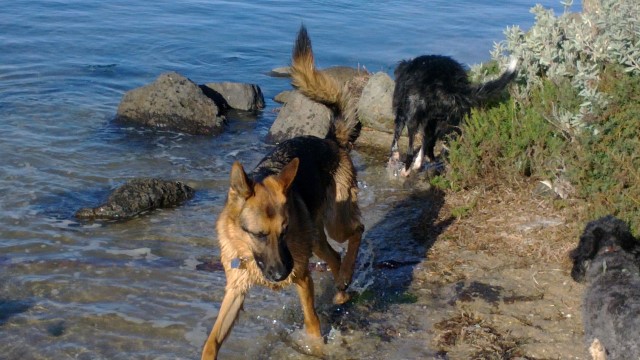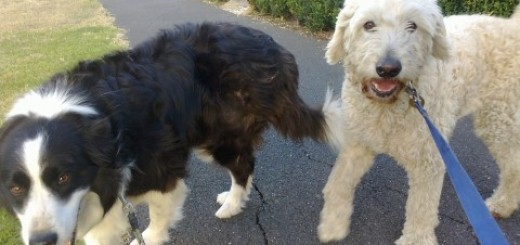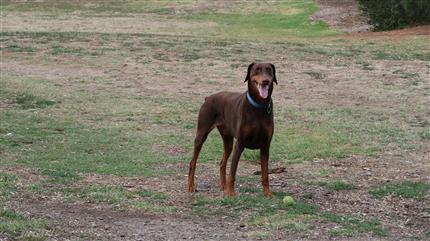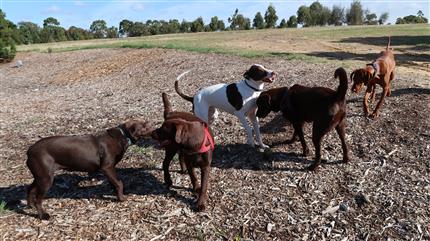Dog Training – Social Structure of dogs is no longer all about Alpha, a new theory rises
Dog training and the domestic dog social structure
is probably one of the most controversial topics in the dog industry over the last ten years. The reason for this is because depending on your view of how that structure exists in nature can dramatically affect how you think of dog behavior and the dog training methods you use.
Dog training old school view of dog social organization
The controversy stems from the fact that most of the alpha dog concept seems to have been attributed to observation of wolf packs in captivity rather than domestic dog packs in the wild. Review of the original wolf data might in fact suggest that even wolf packs do not exhibit such strong alpha dog hierarchy and all of its social order repercussions.
Social organization of dogs is about how dogs naturally organize themselves into groups and cooperate for the good of the pack. This means the survival of the pack, so the question is really is their one or two strong leaders of the pack that dictate all orders and take on the majority of the risk in the hunt and the spoils, or is it more of a democracy?
Dog training – Social behavior of dogs – the new school
It is believed that the modern dog doesn’t automatically accept another dog as above or below it on a linear hierarchy scale of dominance or submission but that it assesses all relationships by “Communication and relationships are established through a language of visual signals (body postures, facial expressions, tail and ear carriage, and piloerection), vocalization, scents, and pheromones. ” (merck vet manuals)
Selective breeding of dogs (rather than natural selection) has meant that not only do dogs vary in social behavior considerably different from wolves but also between various breeds of dogs. The differences are in “morphology, breed traits, temperament, behavior problems, variation in behavioral neoteny, and social signaling.”
It should not be surprising that Huskies retain most of the social signalling of wolves – since huskies are an ancient breed of dog (one of the oldest breeds) and their dna is within the top ten breeds of dogs for closeness to the wolf. By comparison, German Shepherds retain less than two thirds the social signalling and Cavalier King Charles Spaniels the least of all breeds. It should be no surprise that in recent years cavaliers have been breed more and more to be sedentary lounge dogs – and many cavalier owners choose not to socialize their dogs in large off lead parks, meaning that many of them never learn full social skills.
This testing of social signalling of dogs shows that the ability for a dog breed to understand social signals is vital in its ability to relate to the other breeds, let alone understand a pack motivations.
This is why it can be very difficult for “dogs (and people) to read and interpret the signals of other dogs, especially those of different breeds. Early and frequent socialization with a wide variety of dogs is therefore an important component of intraspecific communication.”
Early and frequent socialization means off lead dog parks and responsible discipline of your dog. Not only does this make the dog physically and mentally fitter but socially they are able to continue practicing their social skills and so be a very good dog citizen and accompany their owners anywhere.
This blog is continued in the next blog release …



